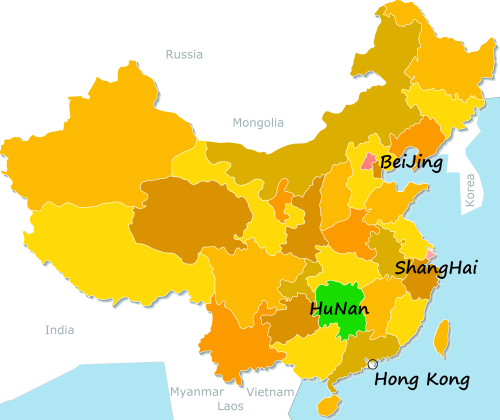 The Mid-Autumn Festival Gala on Hunan TV 2014
The Mid-Autumn Festival Gala on Hunan TV 2014
Related Videos
Featured Videos

|
中国传统油纸伞
|

|
With Daniel Dumbrill and The New Atlas ...
Bonus film - Uighur separatists funded by the US - with the Moderate Rebels ...
Bonus film 2 - Chris Hedges discusses the work of political philosopher Sheldon Wolin with Professor Wendy Brown ...
|

|
Look out over Hong Kong as Typhoon NangKa passes by and the city lights up into the evening ...
|

|
Awesome singer : aLan Dawa Dolma 阿兰·达瓦卓玛. Tibetan and Chinese version ...
Plus ...
|

|
Why stress, in many forms, lies behind all our chronic disease states, and what we can do to get back to a healthier life.
With Dr. Sten Ekberg ...
|

|
YunNan province, in south west China, has a diversity of ethnic cultures and a myriad of landscapes; a real-life idyll ...
An amazing film - don't miss this !
Two fun-loving young women from Vietnam take to the road across YunNan province ...
|

|
The true meaning of 'conservative' lies in the first syllable 'con' - which is, that you go along with elite rule. The 'left' in the West is best understood as 'departed'; gone from any meaningful social principles, it is merely alt-right - same con, with some glitter. You only have the illusion of choice, of a say; that illusion is your consent. 'Pick a card, any card ...'
In China, the people are family.
In the West, the people are livestock.
Bonus film ...
Bonus film 2 (Malaysia) ...
Bonus film 3 (Thailand) (warning - gruesome) ...
Bonus film 4 (Myanmar) ...
Bonus film 5 ...
Bonus film 6 (Nicaragua) ...
BeiJingBuzzz - where truth is sacred.
|

|
With Walk For You ...
|
Tag search ?

 The Mid-Autumn Festival Gala on Hunan TV 2014
The Mid-Autumn Festival Gala on Hunan TV 2014
 The Mid-Autumn Festival Gala on Hunan TV 2014
The Mid-Autumn Festival Gala on Hunan TV 2014





